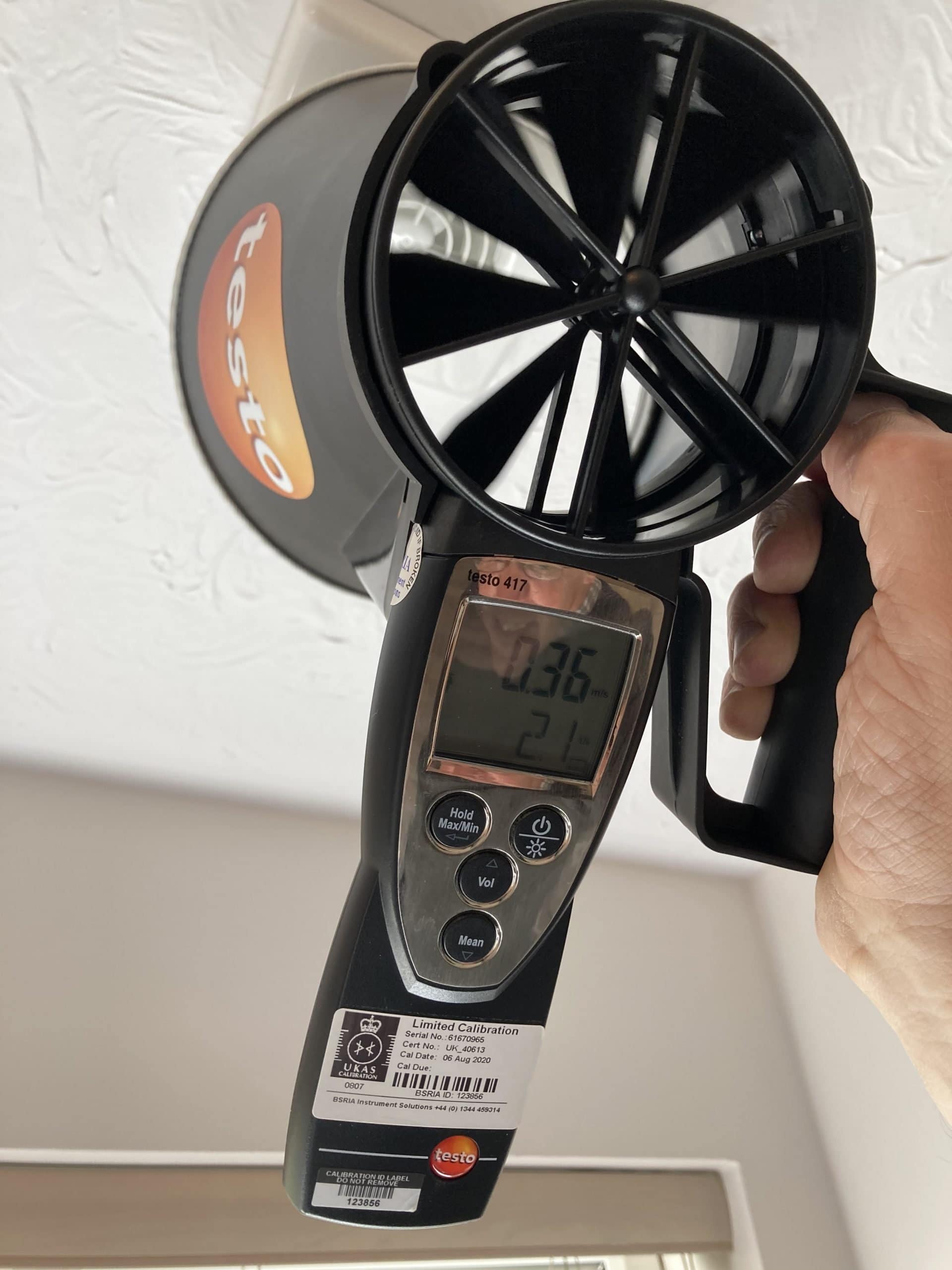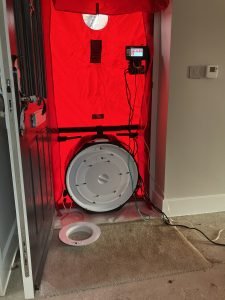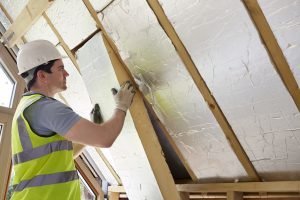Ventilation testing is a crucial – but often overlooked – element of new developments. But what is ventilation testing, and why do we need it?
Poor ventilation in a new build can quickly lead to a plethora of potential issues – mould, damp and excessive condensation are just some of the factors that come into play when your ventilation isn’t up to scratch. This is now recognised in building regulations, which is why ventilation testing is an official part of Part F of Building Regulations, testing air flow for all new developments.
What is ventilation testing? Ventilation testing considers everything from the simplest extractor fan to a heat-recovery system for a whole house. It ensures that you correctly configure all ventilation systems so that the air flow is of the highest standard.
Good ventilation leads to a good standard of air flow. Here we discuss why this matters and how a ventilation test is carried out.
Why do I need a ventilation test?
Part F (England & Wales), Section 3 (Scotland) and Part K (Northern Ireland) of The Building Regulations require ventilation testing – it’s as simple as that.
The Building Regulations focus on indoor air quality asks that your ventilation systems are of a sufficient standard – this is because poor indoor air quality can lead to a very unhealthy environment to live in.
Plus, now that that buildings are becoming increasingly air-tight, it’s crucial to check that ventilation rates are of an equal standard.
How are vents tested?
Here at Buildpass, we have UKAS-certified equipment which we use to test for ventilation in new properties. This is to make sure that the various systems in your building comply with the rules stated in Building Regulations:
- All kitchen intermittent extractor fans must extract a minimum of 30 litres of air per second. If an intermittent extractor fan in the kitchen is not adjacent to a hob, it must extract air at least 60L p/s. All continuous extraction units in the kitchen must extract at least 13L of air p/s.
- For bathrooms, the extraction rate of an intermittent extraction unit must extract at least 15L of air p/s, or 8L p/s for continuous extraction units.
- Intermittent extraction units in utility rooms must extract at least 30L of air p/s, or at least 8L of air p/s for continuous extraction units.
- The dwelling must have an adequate overall ventilation standard rate. This will depend on the number of bedrooms. For example, in one bedroom properties the overall standard ventilation rate must be 13L p/s. However, in five bedroom properties this rate must be 29L p/s for 5 bedroom properties.
We generally test for ventilation at the same time as air tightness, providing you with an overall score alongside any necessary guidance to help you improve your scores if needed.
Not sure when is the best time to get your air and ventilation test? Read our blog here.
How Long Will A Ventilation Test Take?
It really does depend on the size of your property and the number of ventilation units. We aim to conduct your ventilation test within [INSERT] days of booking, but it’s always worth getting in touch with a member of the team if you need something sooner (as we may still be able to accommodate).
What Happens If My Building Fails?
That’s what we’re here for! Our team is dedicated to taking you from test through to certification, and we will guide you through the steps needed to help you pass your test in the most efficient and cost effective way.
Book a consultation and we can have a chat about your ventilation systems. Let us help you build the right strategy to pass your test first time.





















